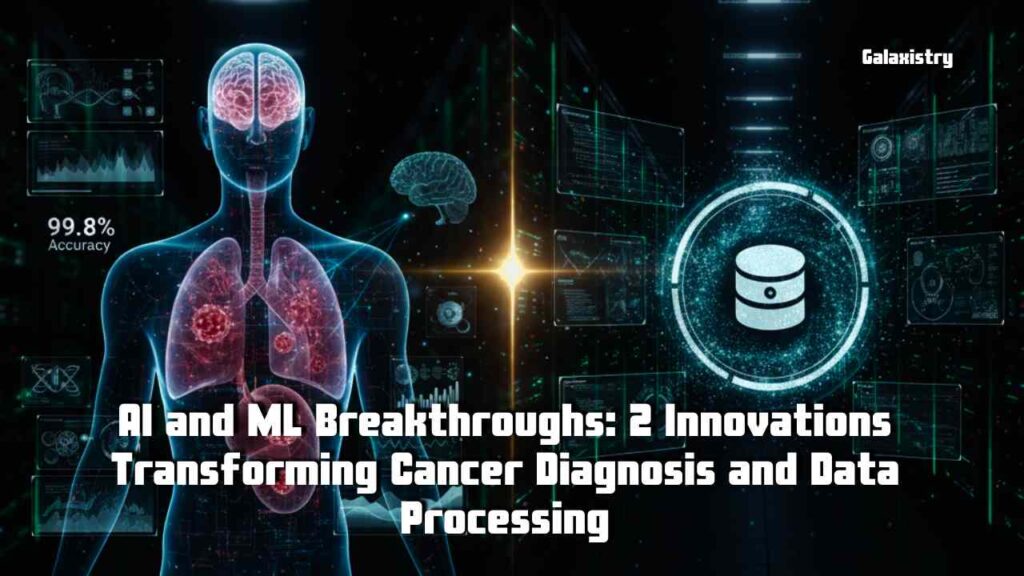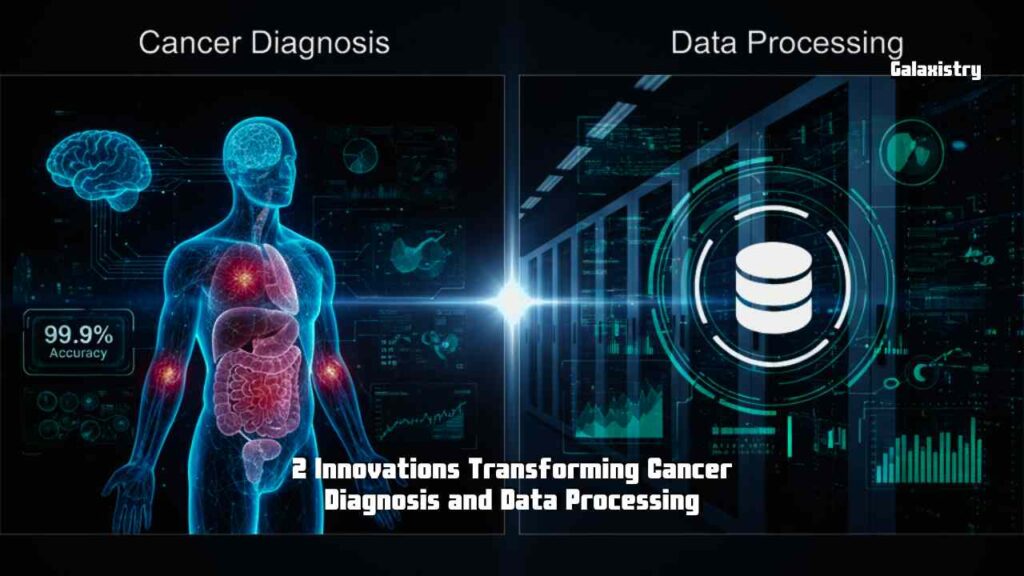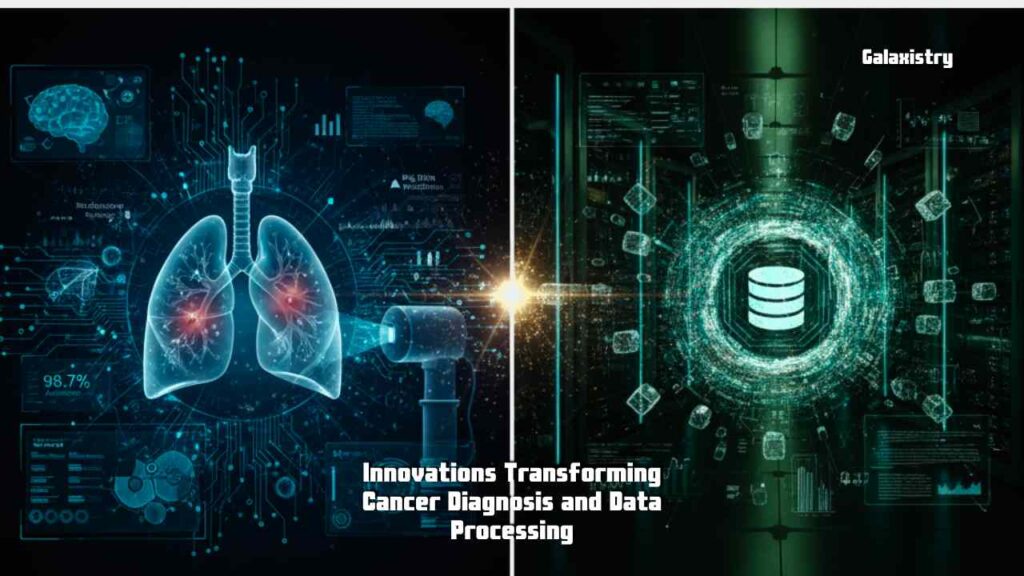Hello Tech Enthusiasts! If you’ve been following the world of Artificial Intelligence (AI) and Machine Learning (ML), you know that this field is evolving at lightning speed. Every day brings new tools, discoveries and applications that push the boundaries of technology. Over the past few days; two groundbreaking innovations have emerged that are not just incremental updates—they have the potential to redefine healthcare and data processing as we know it. Let’s dive deep into these exciting developments.
Innovations Transforming Cancer Diagnosis and Data Processing

1. SmartPath AI: A ‘Smart’ Revolution in Cancer Diagnosis
Early detection of cancer has always been one of the biggest challenges in medicine. Traditional diagnostic methods often involve manual examination of tissue samples by pathologists—a process that can be time-consuming, expensive and prone to human error. This is where SmartPath AI comes in.
Developed by scientists in Hong Kong and SmartPath is an advanced AI system trained on over 500,000 pathology slides covering 34 different types of cancer tissues. Its goal is simple yet ambitious: make cancer diagnosis faster, more accurate and more comprehensive.
Why SmartPath AI is a Major Innovation:

- Exceptional Accuracy: In initial trials, SmartPath demonstrated over 95% accuracy in diagnosing major cancers, including lung, breast and stomach cancer. This level of precision can significantly reduce misdiagnoses and help doctors make better-informed decisions.
- Faster Diagnosis: Time is crucial in cancer treatment. SmartPath can analyze slides much faster than a human pathologist, allowing patients to begin treatment sooner which can directly save lives.
- Comprehensive Insights: Unlike conventional methods that often provide a simple “yes” or “no” result, SmartPath can classify cancer types, identify subtypes and detect biomarkers. This detailed information helps oncologists create personalized treatment plans for each patient.
- Impact on Healthcare: SmartPath is a perfect example of AI transforming healthcare from reactive to proactive. By combining speed, accuracy and depth, it has the potential to revolutionize cancer diagnostics and save millions of lives worldwide.
2. DeepSeek-OCR: Making Data Processing Faster, Smarter and Cheaper
Large Language Models (LLMs) like ChatGPT have taken the world by storm. But training these models requires massive amounts of text data and enormous computing resources. Traditional methods of reading and processing text can be inefficient, slow and costly. This is where DeepSeek-OCR, a new machine learning innovation, is making waves.
How DeepSeek-OCR Works:

Unlike conventional text-processing methods, DeepSeek-OCR doesn’t read text in the usual sense. Instead, it “sees” the text using vision encoders, compressing textual information as images. By combining computer vision with natural language processing, this approach makes handling massive datasets much more efficient.
Key Advantages:
- Unmatched Efficiency:Early reports indicate that DeepSeek-OCR is 7 to 20 times more efficient than traditional OCR methods. This means faster data processing without compromising accuracy.
- Reduced Costs: Training LLMs is notoriously expensive. By using image-based text processing, DeepSeek-OCR dramatically reduces computing costs, making it more accessible for AI research and development.
- Accelerating AI Development: With faster, cheaper and more efficient data processing, AI models can now be trained on larger datasets, resulting in smarter and more capable models. This could accelerate breakthroughs across fields like natural language understanding, AI-assisted research and automated content generation.
- The Big Picture: DeepSeek-OCR shows how AI innovation isn’t just about creating new models—it’s about optimizing the way we handle and process information. It opens the door for more powerful AI systems at lower costs, ultimately bringing us closer to next-generation AI.
Our Takeaway
These two breakthroughs illustrate that AI is far from a passing trend—it’s a transformative force reshaping multiple industries.
- SmartPath AI is changing how we approach healthcare, making early cancer detection more accurate, faster and life-saving.
- DeepSeek-OCR is revolutionizing data processing, lowering costs and accelerating AI development, enabling smarter models that can do more than ever before.
We are truly living in an era where AI is not just a tool but a revolution—from saving lives in hospitals to creating faster, more capable AI systems.
What do you think about these innovations? Are we on the verge of a new AI-powered future?
Writer: Abhimanyu Kumar